Thread count has long been the standard by which many consumers judge the quality of bed sheets, but the reality is that this number is just one aspect of what makes a great set of linens. In the quest for the perfect night’s sleep, there’s much more to consider than just how many threads are woven into a square inch of fabric. As we delve into what makes truly natural bed sheets, we’ll explore the materials, weaves, and certifications that contribute to creating a luxurious and comfortable sleep environment.
Discovering the right bedding is not just about the numbers; it’s about understanding the properties that contribute to the durability, softness, and overall quality of your sheets. With a focus on fabric quality and construction, we can guide you beyond thread count to select bed sheets that are not only comfortable but also sustainably made and suitable for sensitive skin. Let’s unfold the layers of quality bedding to ensure your investment leads to the best sleep possible.
Does Thread Count Really Matter When Choosing Bed Sheets?
Thread count, the number of threads woven into one square inch of fabric, has been heavily marketed as the primary indicator of a sheet’s comfort and quality. However, a high thread count does not necessarily equate to superior sheets. In fact, thread count can be misleading, as manufacturers may manipulate it through multi-ply threads, sacrificing the fabric’s breathability and durability.
Instead of being fixated on thread count alone, consider the thread quality. Long-staple fibers such as Egyptian cotton or bamboo result in smoother, stronger sheets. Moreover, the feel of the fabric is greatly influenced by the weave and the finish, which can be more telling than thread count by itself.
Ultimately, a truly comfortable bed sheet is one that has been well-crafted from start to finish, with attention to every detail of its construction. Quality over quantity applies aptly to thread count — a mid-range count made from high-quality materials will often be more luxurious than a higher count of inferior quality threads.
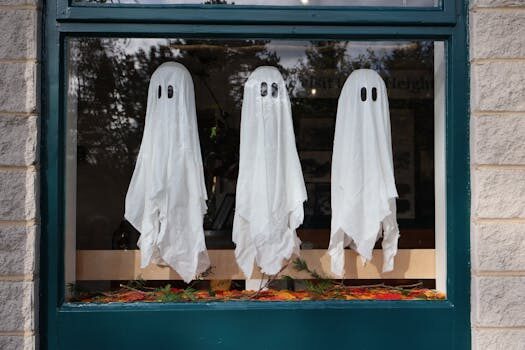
What Factors Should You Consider Besides Thread Count?
- Material: The source of the fiber is crucial. Natural fibers like cotton, bamboo, and linen are breathable and tend to wick away moisture, enhancing sleep comfort.
- Weave: The weave affects the texture, appearance, and longevity of sheets. Percale is crisp and cool, while sateen is smoother and has a slight sheen.
- Finish: Chemical processes can make sheets wrinkle-free or softer; however, they may also weaken the fibers. Natural finishes maintain fabric integrity.
- Dyes and Prints: The type of dye or print can affect how sheets feel and how well they’ll wash. Reactive dyes, for example, bond better with fibers for lasting color.
- Certifications: Certificates like OEKO-TEX and GOTS ensure that textiles meet high safety and environmental standards.
How Do Different Materials Affect Sheet Quality?
The choice of material plays a pivotal role in the performance and feel of bed sheets. Egyptian cotton is renowned for its long fibers, resulting in a luxurious feel that becomes softer with each wash. Bamboo sheets, known for their eco-friendliness and breathability, provide a silky texture and temperature-regulating properties. Linen, derived from flax plants, offers exceptional coolness and an unmistakable texture that appeals to many.
The quality of the starting material dictates the strength, softness, and overall longevity of the bed sheets. For instance, linen is known for its durability, becoming softer with time, while still maintaining its structure.
Fibers like bamboo are often celebrated for their moisture-wicking abilities, making them a great choice for those who sleep hot. In contrast, synthetic materials, while often less expensive, may not offer the same level of comfort or environmental benefits as natural fibers.
What Is the Ideal Thread Count Range for Comfort?
When it comes to comfort, the ideal thread count range is often between 200 and 600. Within this range, sheets can offer a balance of softness, breathability, and durability. It’s important to note that a higher thread count doesn’t always mean a higher quality sheet — it’s the fiber quality and weave that make the difference.
For instance, a 300-thread-count sheet made from single-ply, long-staple cotton could feel much better and last longer than a 600-thread-count sheet made from a lower quality cotton or a multi-ply thread.

What Are the Best Weave Types for Softness and Durability?
The weave of a fabric can greatly influence the way it feels against your skin, as well as its appearance and lifespan. The most common weaves for bed sheets are percale and sateen. Percale is a plain weave with a matte finish and a crisp feel; it’s durable and tends to get softer with use. Sateen, with its four-over-one-under weave, has a smoother feel and a slight sheen.
Other weaves, such as twill or jersey, offer different textures and properties. Twill is recognizable by its diagonal rib pattern, while jersey is stretchy and feels like a soft t-shirt.
How Can Certifications Impact Your Bedding Choices?
Certifications are more than just labels; they are a testament to the quality and sustainability of the products you bring into your home. Certifications like OEKO-TEX and GOTS indicate that the products have been tested for harmful substances and are made in environmentally and socially responsible ways.
These certifications can guide consumers to make better choices, not only for their health but also for the well-being of workers and the planet. They often cover aspects from the raw materials to the finished product, ensuring transparency and trustworthiness in the supply chain.
What Are Some Common Myths About Thread Count?
One prevailing myth is that the highest thread count always means the best quality sheets. This is not necessarily true, as mentioned earlier, since manufacturers can inflate thread count with lower quality, multi-ply threads.
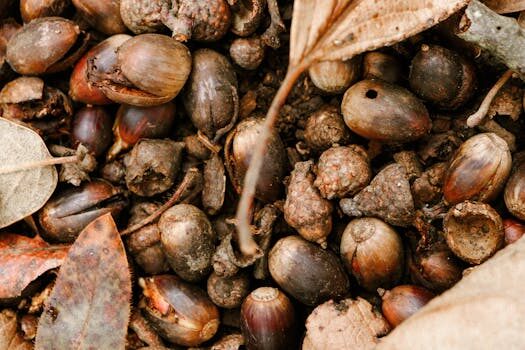
Another misconception is that higher thread counts are always more durable. In reality, the durability of a sheet is more accurately predicted by the quality of its material and the tightness of the weave rather than just thread count.
Further Insights on Quality Bed Sheets
Understanding what to look for in truly natural bed sheets goes beyond examining thread count. Here we delve into some of the frequently asked questions that consumers have when searching for the best bedding.
What Is a Really Good Thread Count for Bed Sheets?
A really good thread count for bed sheets typically ranges between 200 and 600. This range provides a balance of comfort, breathability, and durability. However, it is the quality of the threads and the overall construction of the sheets that will truly determine their feel and performance.
The ideal thread count is also influenced by the material and weave type. For example, with Egyptian cotton, a thread count on the lower end of the spectrum can still produce very soft and long-lasting sheets, thanks to the fiber’s inherent qualities.
Is 144 Tc Cotton Good or Bad?
While a 144 thread count (tc) is on the lower end of the spectrum, it is not necessarily bad. The quality of the cotton and the weave can make 144 tc sheets comfortable and sufficient for some users. However, for those seeking a more luxurious feel, a higher thread count with quality fibers would be recommended.
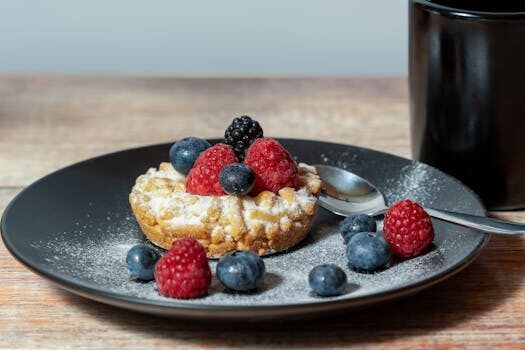
It’s essential to consider personal preferences and the specific attributes of the sheet set, such as the type of cotton and the finishing processes used, to determine whether 144 tc cotton meets your needs.
How to Tell If Bed Sheets Are High Quality?
To gauge the quality of bed sheets, examine the fiber type, weave, and finish. High-quality sheets are typically made from natural fibers like long-staple cotton, linen, or bamboo. The weave should be consistent and tight, and the finish should enhance the fabric’s feel without compromising its strength.
Another indicator of high quality is the presence of certifications like OEKO-TEX or GOTS, which ensure that the sheets meet rigorous safety and environmental standards.
Are 800 Thread Sheets Better Than 600?
An 800 thread count does not automatically guarantee that sheets are better than 600 thread count ones. The material’s quality, the weave, and the construction of the sheets are more important factors. Sometimes, higher thread counts can result in less breathable sheets, and if the threads are of poor quality or multi-ply, it can undermine the overall feel and longevity of the sheets.
In some cases, 600 thread count sheets made from high-quality, single-ply fibers may actually be softer and more durable than 800 thread count sheets with lower quality fibers.

In conclusion, when searching for Beyond Thread Count: What to Look for in Truly Natural Bed Sheets, it’s important to dig deeper into the factors that contribute to sheet quality. Materials like Egyptian cotton, bamboo, and linen, as well as weaves such as percale and sateen, play significant roles in the comfort and durability of bed sheets. Certifications like OEKO-TEX and GOTS can further guide you to make responsible and informed choices. By understanding these elements, you can transcend the thread count and select bedding that ensures a restful and luxurious sleep experience.
 Tips for buying natural and non-toxic furniture
Tips for buying natural and non-toxic furniture
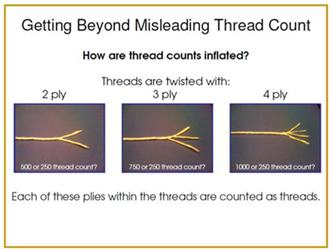
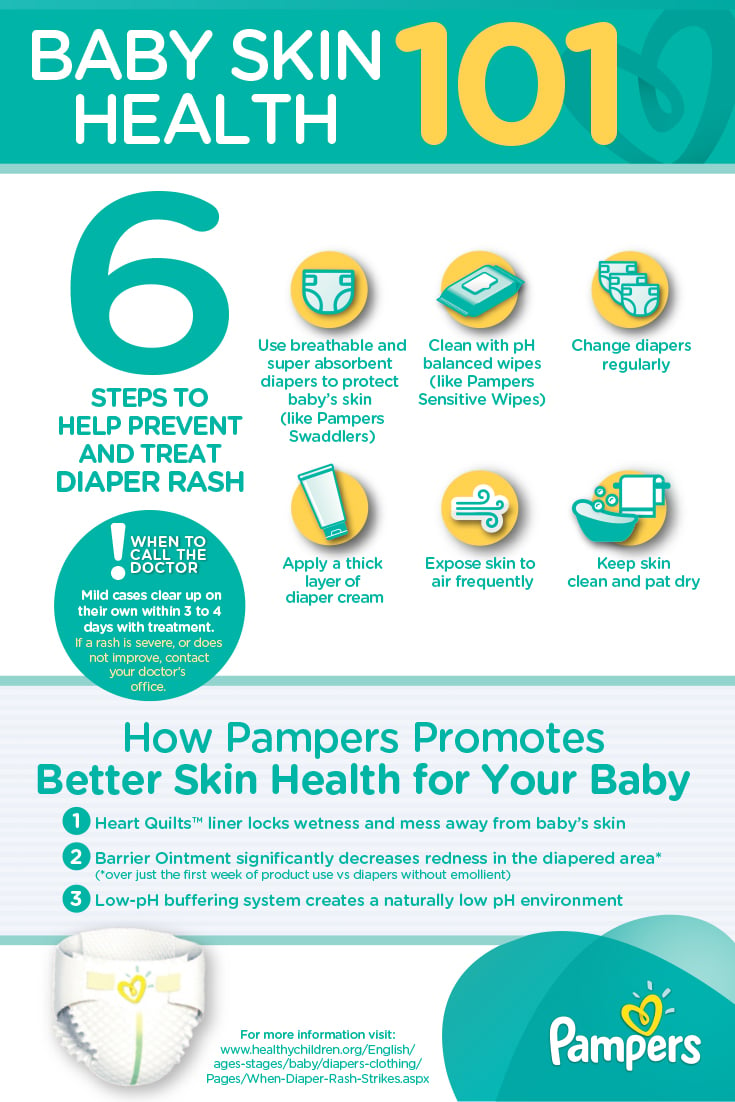
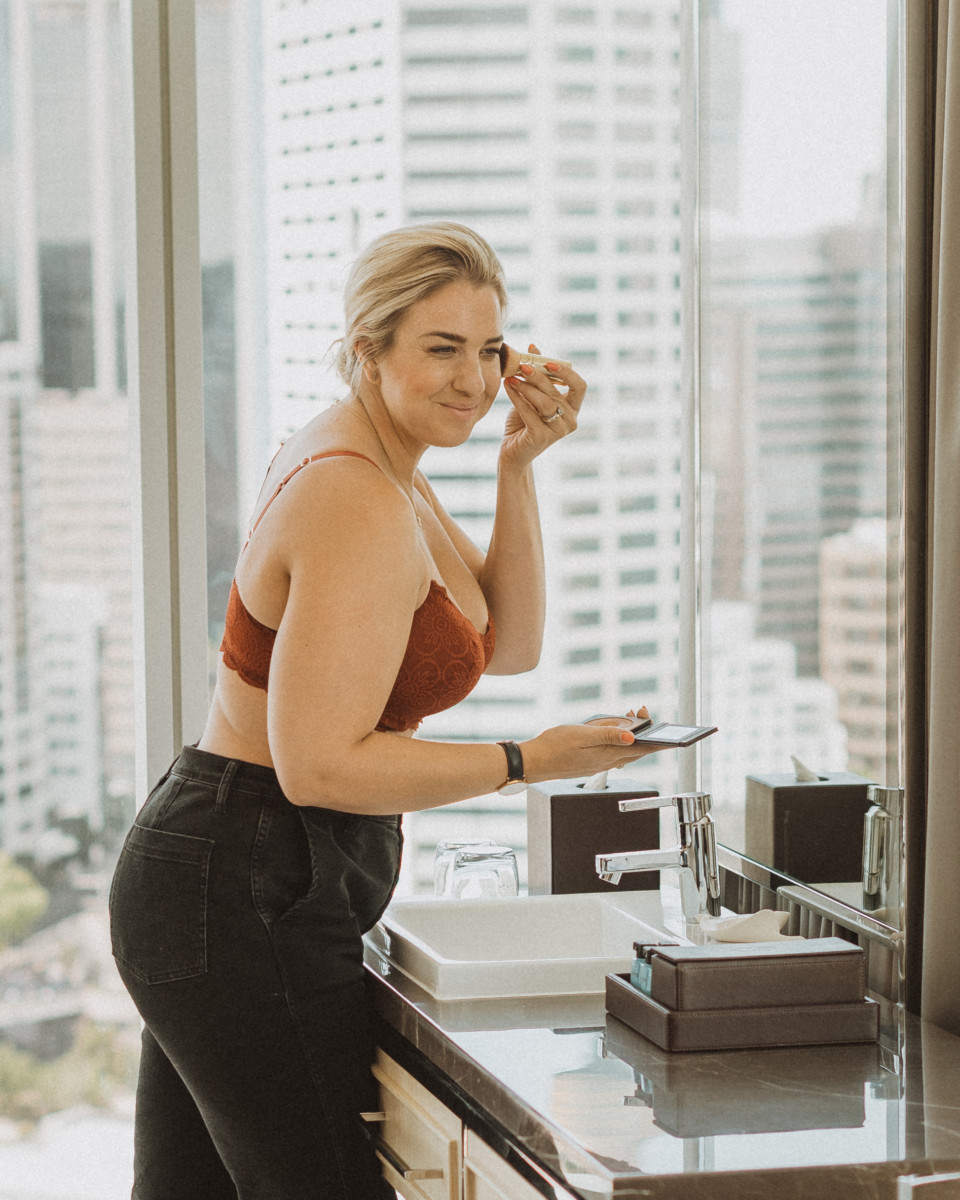
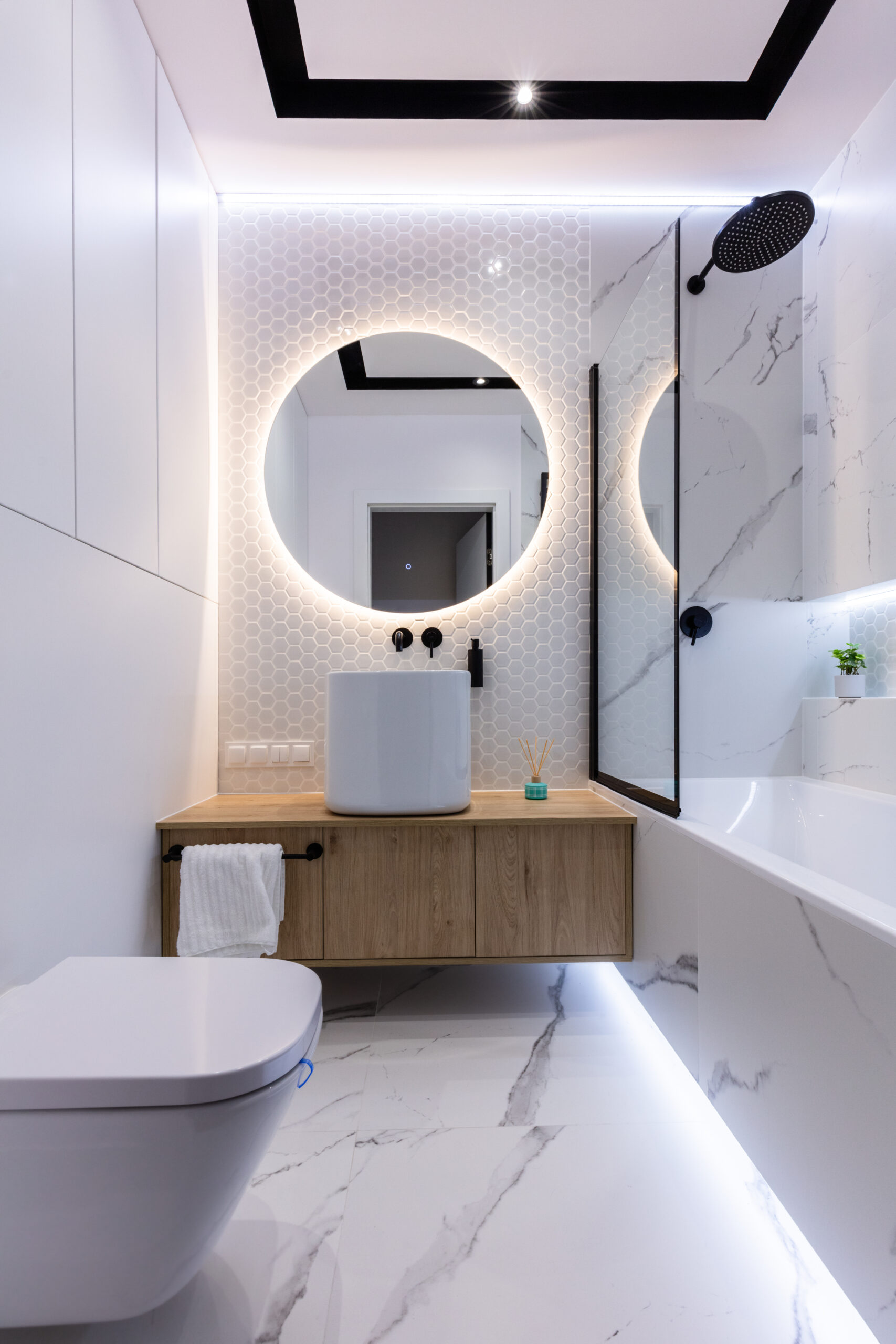

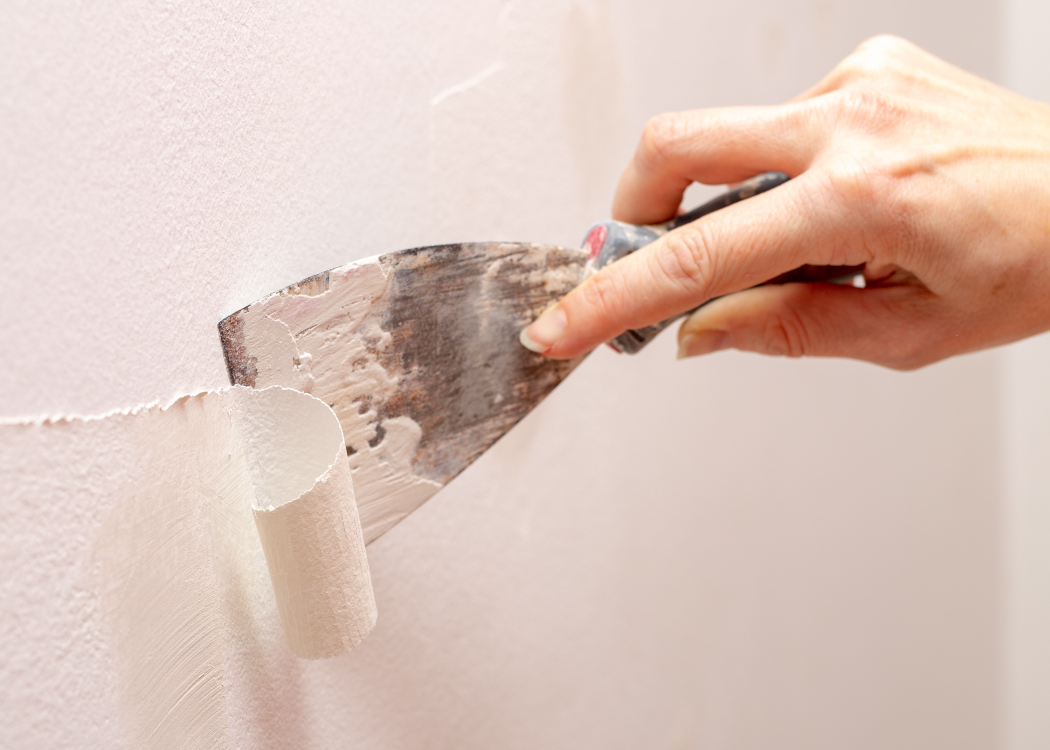
This post is such a refreshing take on something we often overlook when shopping for bed sheets. It’s so true that thread count isn’t the end-all in determining quality. I love how you broke down the importance of materials and weaves, and the bit about certifications was super enlightening. It’s great to see a focus on sustainability and comfort, especially when it comes to something as personal as our bedding. Thanks for shedding light on these details and helping us make better choices for a good night’s sleep!